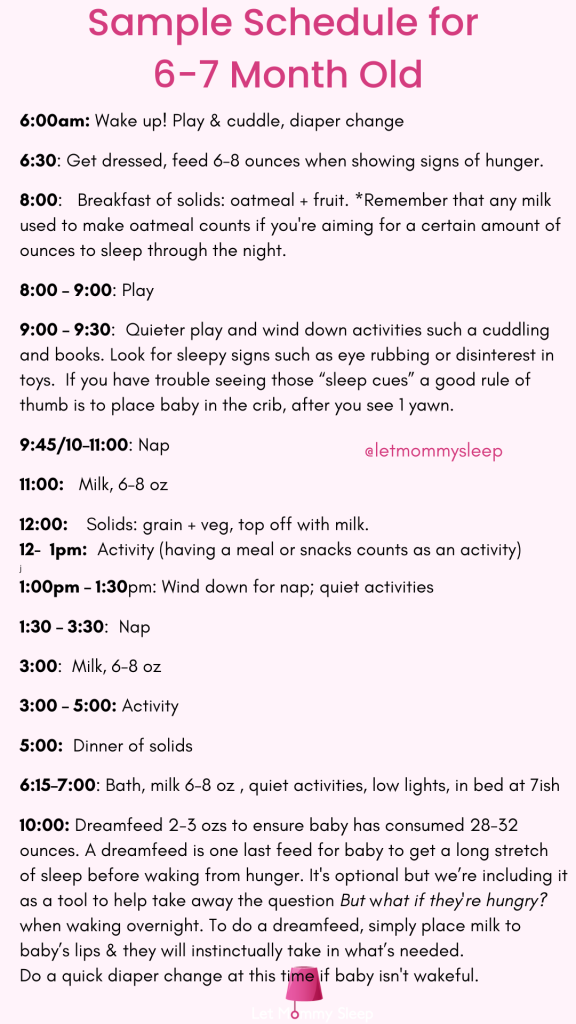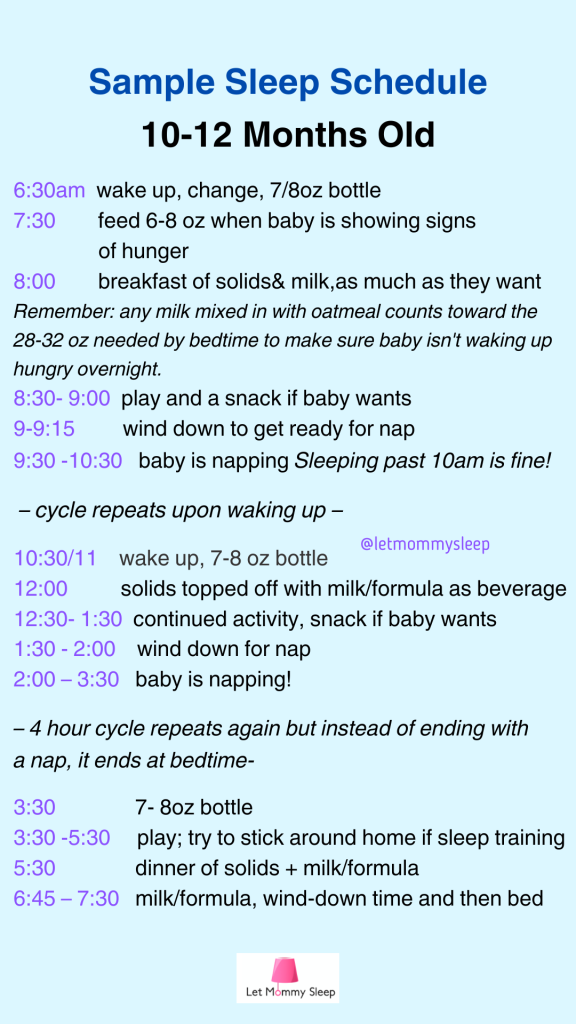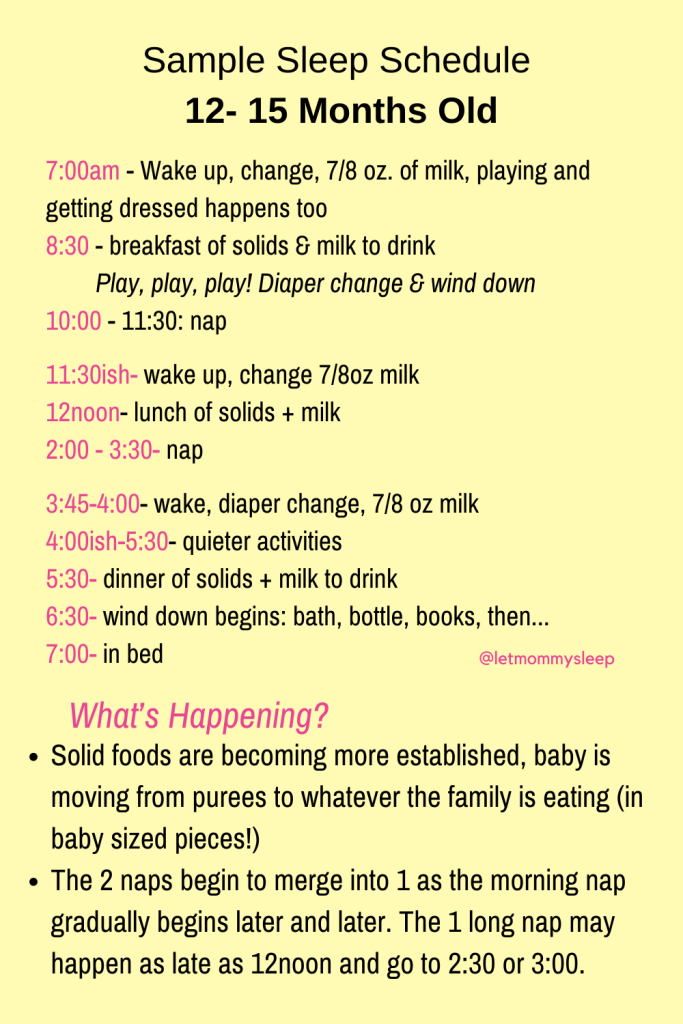All the Infant Sleep Schedules in One Place
You might be highly respected in your career, an organizational whiz everywhere else in your life, or a Type-A genius. Your baby does not care! Because these babies do whatever they please, new parents often seek routines and schedules; humans love predictability! So our team of Night Nannies and Baby Nurses made these Infant Sleep Schedules to help. Of course these are just examples of typical infant sleep, but if you need a starting point, All the Infant Sleep Schedules in One Place is for you.
All the Infant Sleep Schedules in One Place – Expectations
While sleep schedules can be helpful, we all know that every baby is different and there are so many things that can affect infant sleep and feeding. Illness, growth spurts and older siblings’ activities are just 3 examples of instances why we can’t expect an exact schedule everyday. Babies also grow into their next daily routine gradually over the course of weeks and sometimes months. Your baby will show you when they’re ready for a change in nap or sleep schedule.
When your baby is ready to sleep through the night, a step by step guide can help.
Til then, use the schedules below to help!






Why Not Before Four Months Old?
Before 4 months of age (16 weeks!), infants have not yet developed a mature circadian rhythm, which regulates their sleep and wake cycle. Their sleep patterns are still evolving. They’re also still very little! So the need to wake up during the night for feeding and other essential needs is normal and healthy. Please do not try to sleep train a newborn, we can’t coach them not to be hungry or need a diaper change.
And of course if you’re breastfeeding, your own body will still wake you in the night. It’s perfectly normal for baby to nurse through the night for nutrition and comfort well after 4 months old. This is true of formula fed babies as well but it’s important to note that breastfeeding doesn’t just “stop” cold-turkey. La Leche League talks about weaning much better than we ever could here. You can begin the discussion about sleep training and sleep expectations at the 4 month pediatrician visit.
Simply put, newborns can’t be taught to not feel hunger, need a diaper change or need to be held by a trusted adult.

All the Infant Sleep Schedules in One Place – What About Toddler Sleep?
Allowing your toddler to sleep through the night is easier -but also harder!)- than helping your infant sleep without interruption. It’s easier because you can talk about sleep expectations and your child will understand! It’s harder because it can be uncomfortable and even scary for them to sleep in a whole new way, without visits from you or being in the big bed through the night.
Patience is the key here. There are 4 basic steps to allowing toddlers to sleep through the night and repetition and consistency is key. There are many variation of sleep training toddlers and you can search for the one that feels right for your family, but the 4 basic steps are almost always:
- Talk about the expectation of sleep before the formal sleep training begins.
- During the first few nights, stay next to the bed until your toddler is sleepy. If toddler is standing up, gently place them back in a laying down position. Yes, you will most likely have to place them back into bed several times. Stay patient and calm, you’re there so they can feel safe and secure.
- Continue to stay with them but for less and less time.
- If your child wakes in the night, you can bring them back to their bed or stay with them in their room until they are asleep.
One note, even if your toddler sleeps in the bed with you try to remember it won’t be forever. You are their favorite person so of course they want to be near you. It’s comforting in the big bed.
If you’re expecting and want more tips, sign up to receive our free newborn and postpartum support guide!
Categories
- Corporate Care & Partners
- COVID19 Archive
- En Espanol
- Expert Guides
- Hiring a Night Nanny
- Infant Safety
- Infant Sleep Hub
- Newborn Care
- Postpartum Health
- Twins & Multiples
- Work as a Night Doula
- zPost Archives
